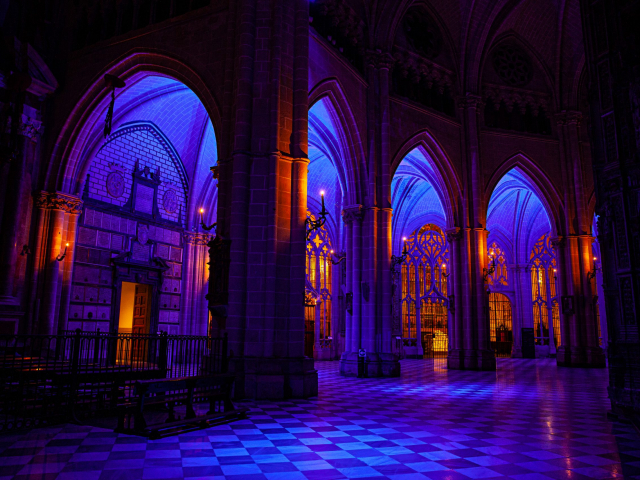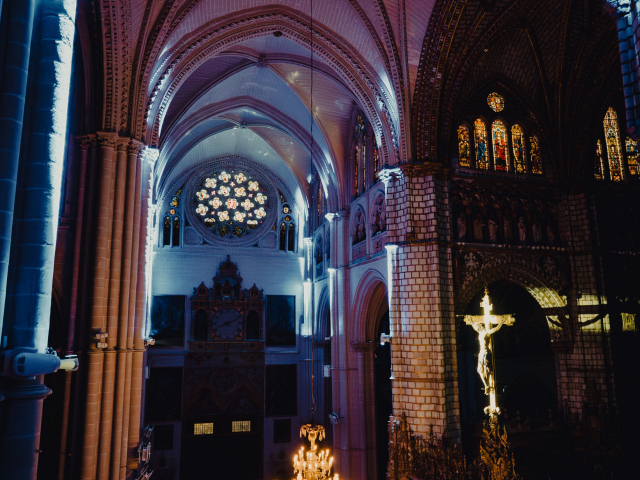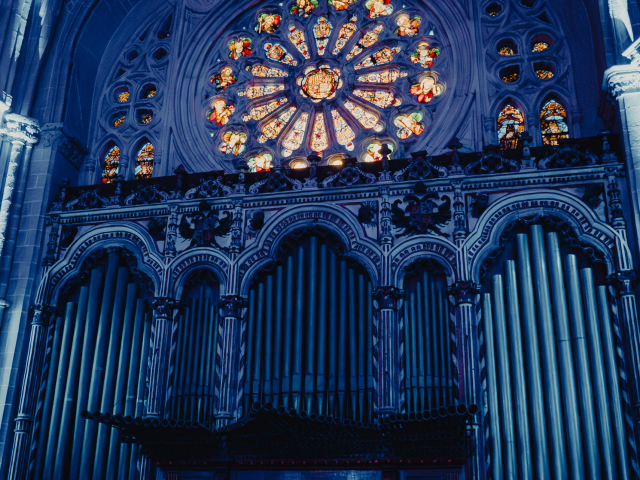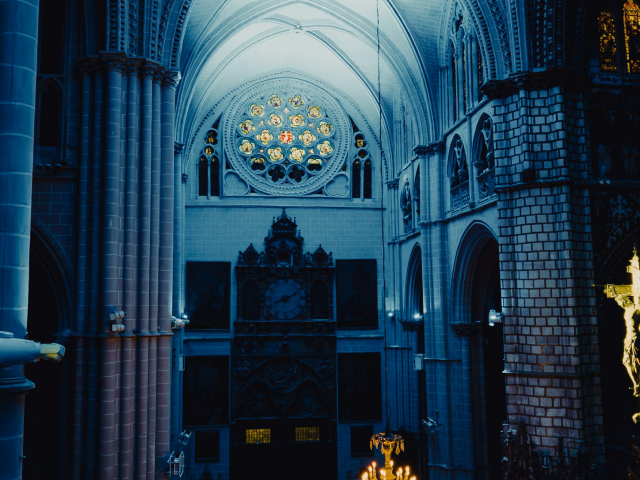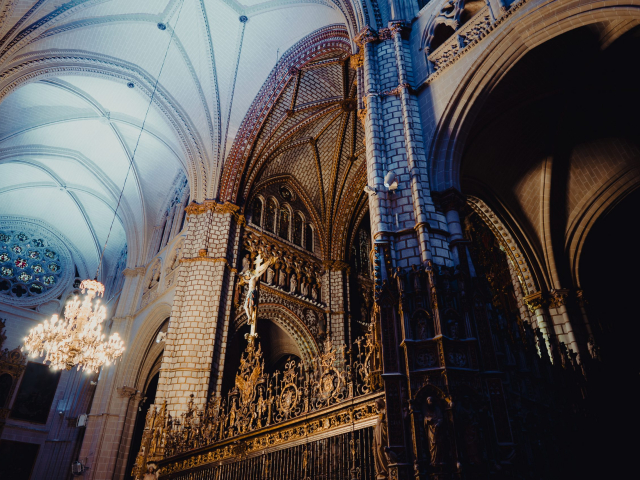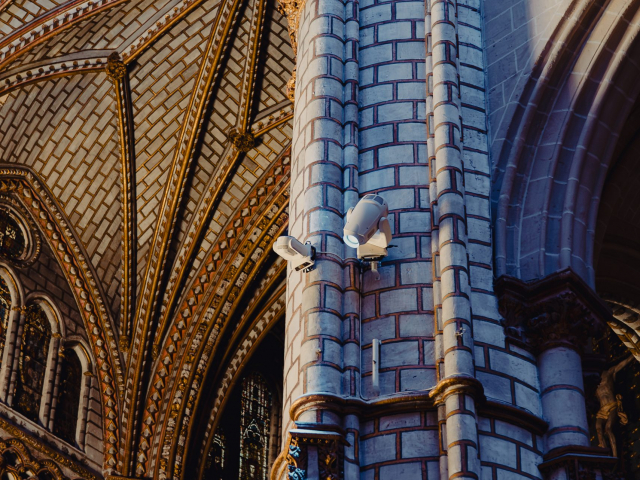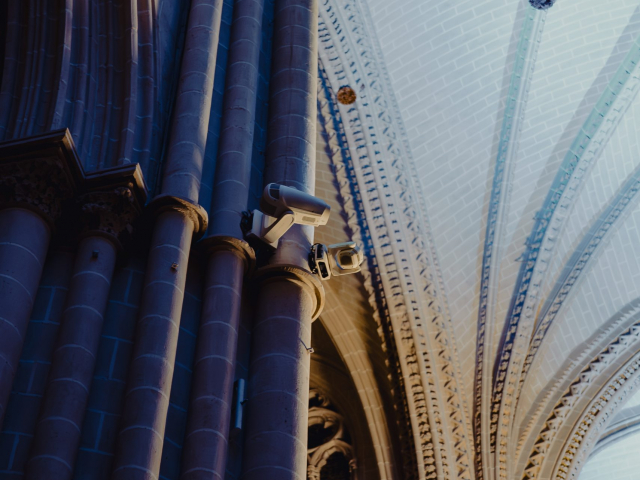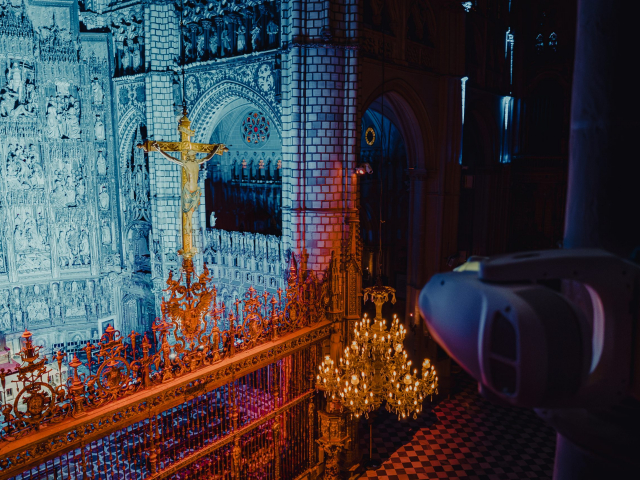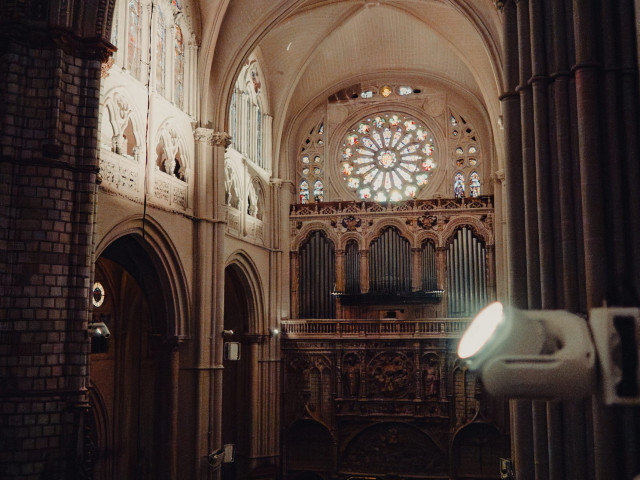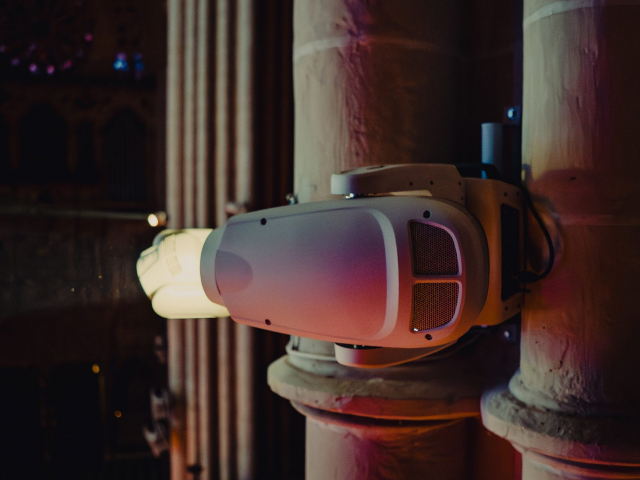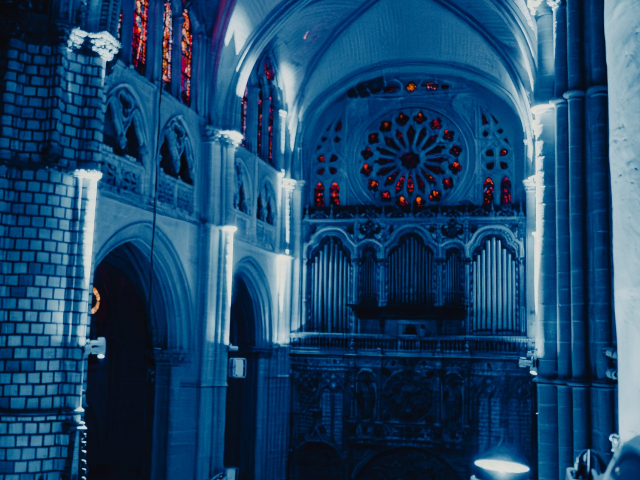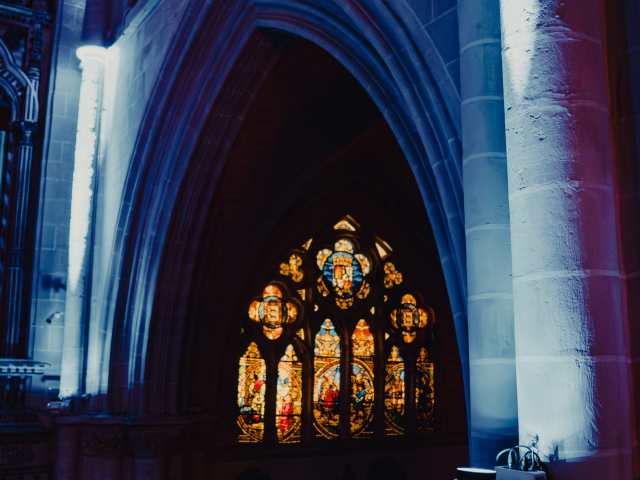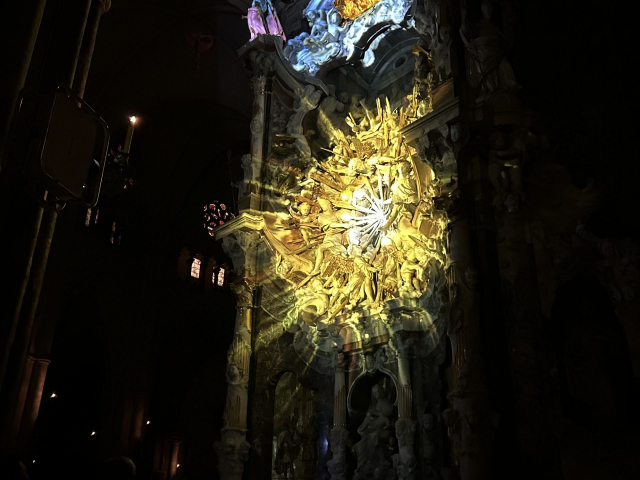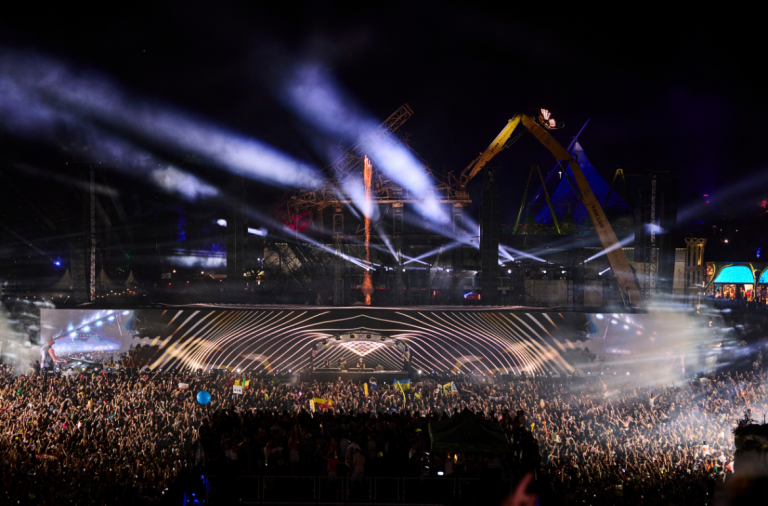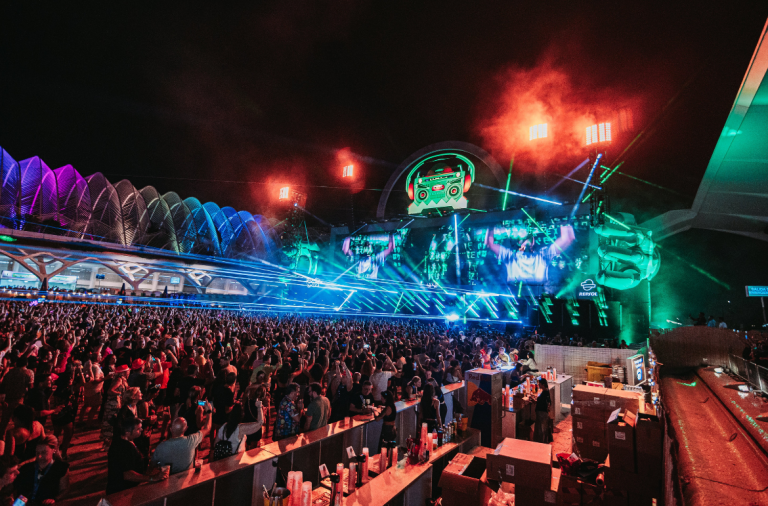Lumina – Immersive installation with Cameo and LD Systems in the Toledo Cathedral
Fifty minutes of total immersion in a nocturnal, sensorial and personal cultural experience for each visitor: that is the aim of “Lumina Catedral de Toledo”, a sensational production that the public can enjoy from December 2023 inside Spain’s Gothic jewel, the Cathedral “Primada” of Spain. The main components are the mapping of large-scale artistic and architectural elements, precise and captivating surround sound and a lighting design that makes the cathedral’s architecture appear even more impressive. In an interview, Alfonso López Rivera – director of the “Lumina” project and managing director of the company Meraki Cultura Audiovisual SL – reveals the challenges of the audiovisual staging and why the team decided in favour of Cameo lights and LD Systems audio components.
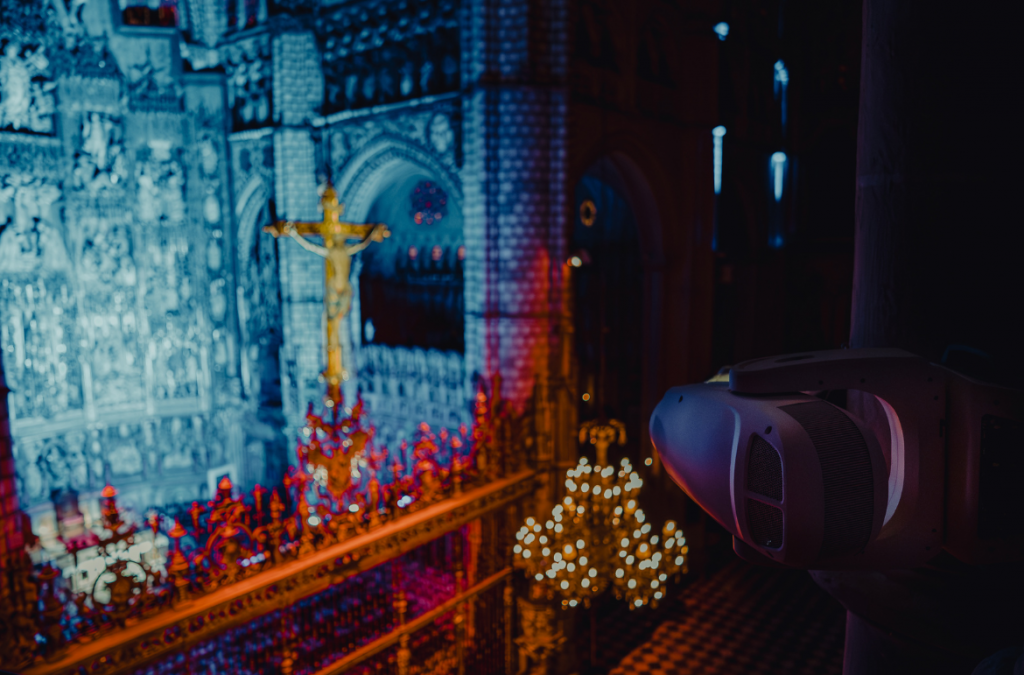
What is “Lumina” and how did the idea for this project come about?
Alfonso López Rivera: “Lumina Catedral de Toledo” is a multimedia and cultural night-time experience that is unique in the world. The idea for Lumina arose from the desire to create an innovative initiative that would combine the most advanced technology with culture, history, art, tradition, and spirituality. The project aimed to fill a gap in the night-time cultural and leisure programming of the city of Toledo and to make it possible to enjoy the Cathedral “Primada” of Spain, a monument that has been declared an Asset of Cultural Interest, in a completely new way that respects its conservation.
What are the tasks of Meraki Cultura Audiovisual and what are your tasks as project manager?
Alfonso López Rivera: At Meraki Cultura Audiovisual we designed and developed the project from the beginning, then we implemented it and, currently, we maintain it. Our team is multidisciplinary and is made up of 29 experts including: historians, professional scriptwriters, audiovisual engineers, video mapping technicians, communication experts, etc. This team has also worked in close collaboration with architects, curators, and the “Cabildo” church institution, in order to create a nocturnal cultural experience that respects the monument and temple in which it is located, as well as making a qualitative and quantitative leap at a technical level that would generate an initiative that would impress and excite visitors through a unique sensory journey.
My role as project manager consisted of coordinating and supervising all the technical, artistic, cultural, personnel and financial aspects; in other words, from setting up the multidisciplinary team of experts to finding, selecting, acquiring, and installing the audiovisual technology implemented, taking into account absolute respect for the monument and the need for it to respond to the needs of the script and the artistic direction.
What were the biggest challenges of the realisation from an event technology point of view?
Alfonso López Rivera: Making such a complex installation in such a sensitive location poses many challenges for everyone involved. If I had to highlight one part, it would probably be the integration of the lighting technology and its synchronisation with the other audiovisual media in “Lumina”.
We tried to hide all the lights as much as possible and direct the viewer’s gaze towards the experience itself. As for the sound, it was also a special challenge, due to the large dimensions of Toledo Cathedral.
Why did you choose Cameo lights for the “Lumina” installation?
Alfonso López Rivera: When selecting the luminaires, we focused on very specific characteristics numbers from the outset. Firstly, size, weight, and silent operation. It was also important for the movements and control paths to be precise and linear, as the details of the cathedral’s architecture are repeatedly emphasised by extremely slow panning, tilting, and dimming movements. With the OPUS SP5 FC profile spotlight and the EVOS W3 wash light, we are able to give to the audience the exact impressions we were looking for”. The ZENIT W600-D also had a special job: we used it to illuminate two of the cathedral’s most beautiful stained-glass windows from the outside.
What tipped the balance in favour of the LD Systems CURV 500 systems?
Alfonso López Rivera: We needed compact loudspeakers that could cover the enormous dimensions of the Toledo Cathedral and at the same time provide high speech intelligibility. As the CURV 500 is a modular system, we were able to adapt it perfectly to the requirements on site.
For budget reasons, we had to use some loudspeakers from the previous installation at the start of production. They will now gradually be replaced by CURV 500 systems. The sound is more precise, transparent, and natural at every step.
Thank you very much for your time, Alfonso!
The following Cameo and LD Systems products are used as part of Lumina:

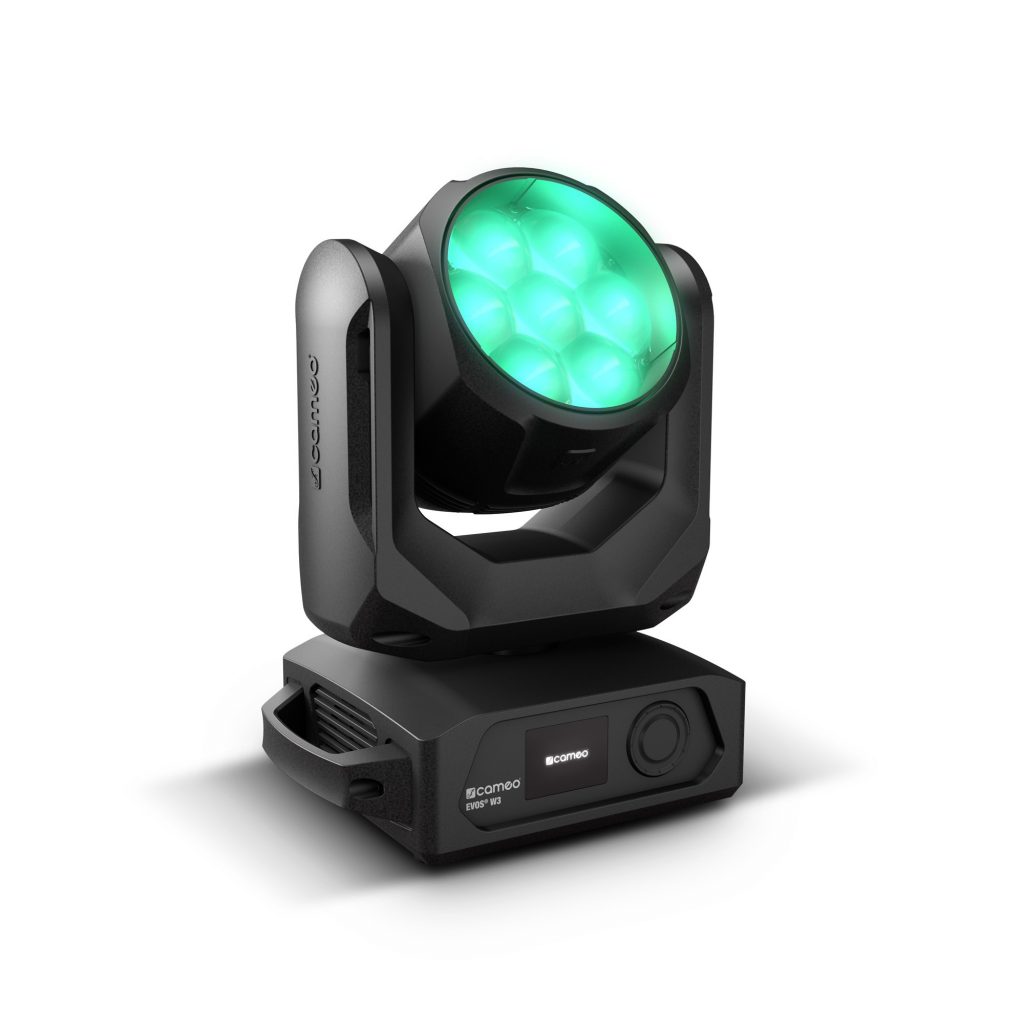

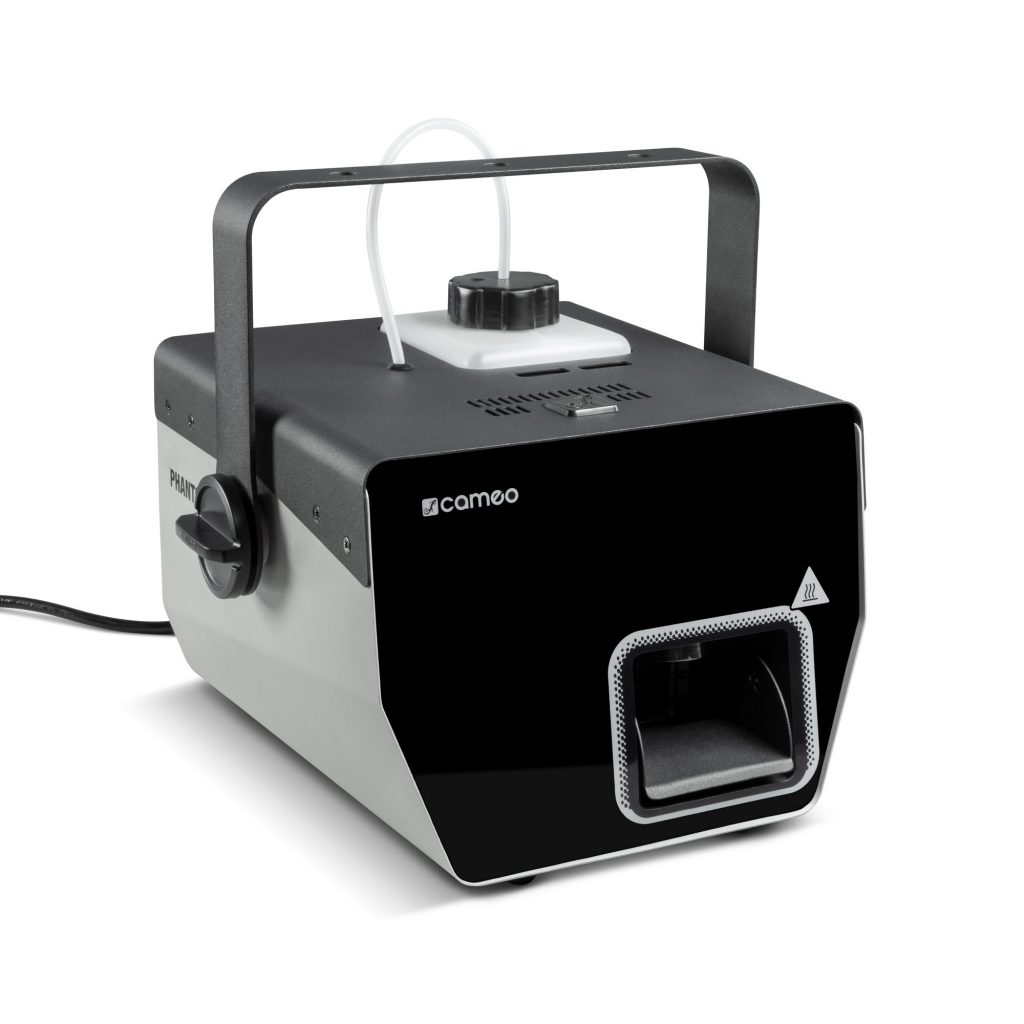


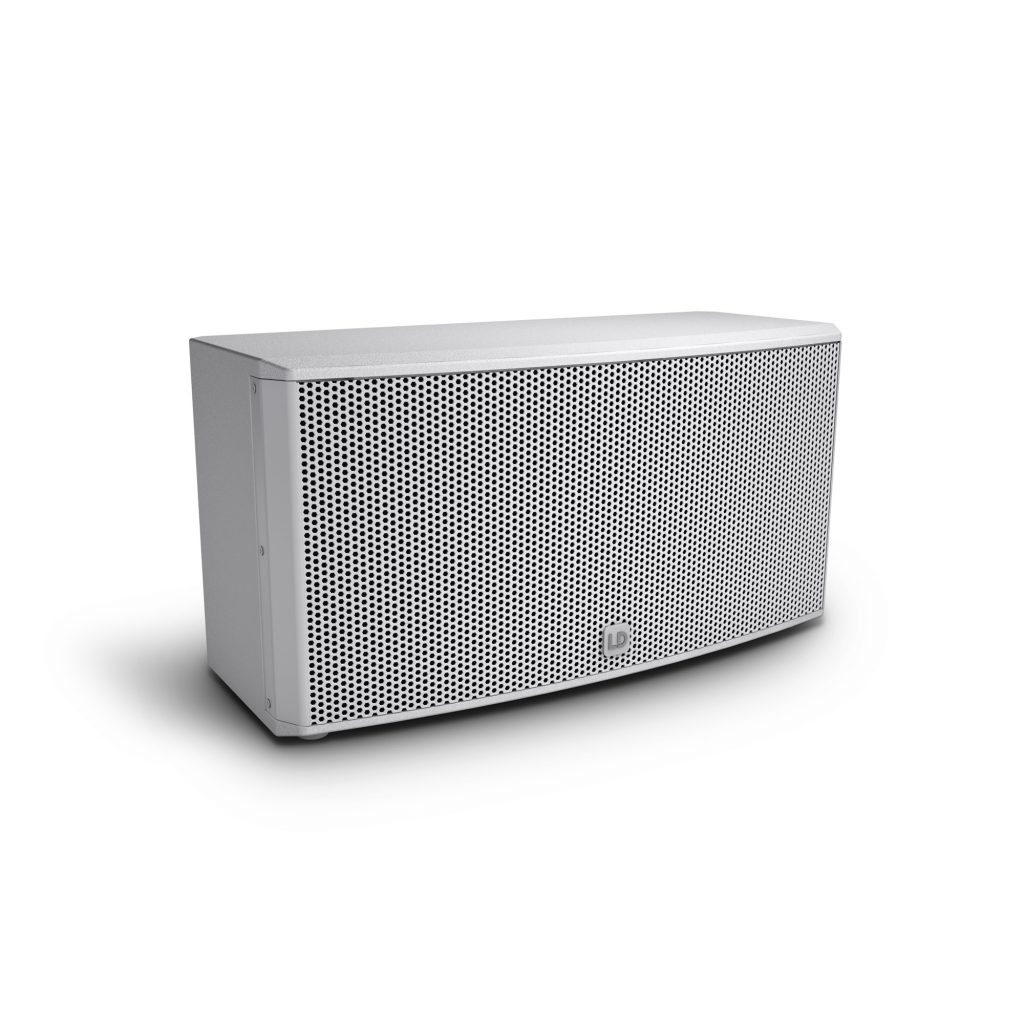

#Cameo #ForLumenBeings #LDSystems #YourSoundOurMission #EventTech #ExperienceEventTechnology
Further information:
luminacatedraldetoledo.com
merakiculturaaudiovisual.com


